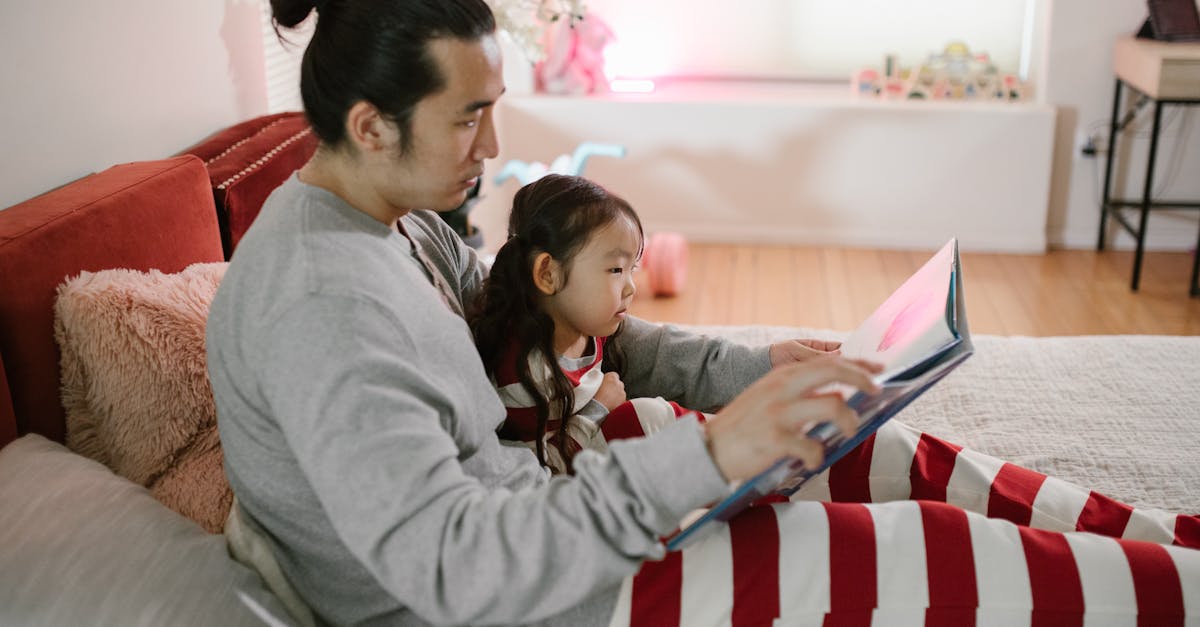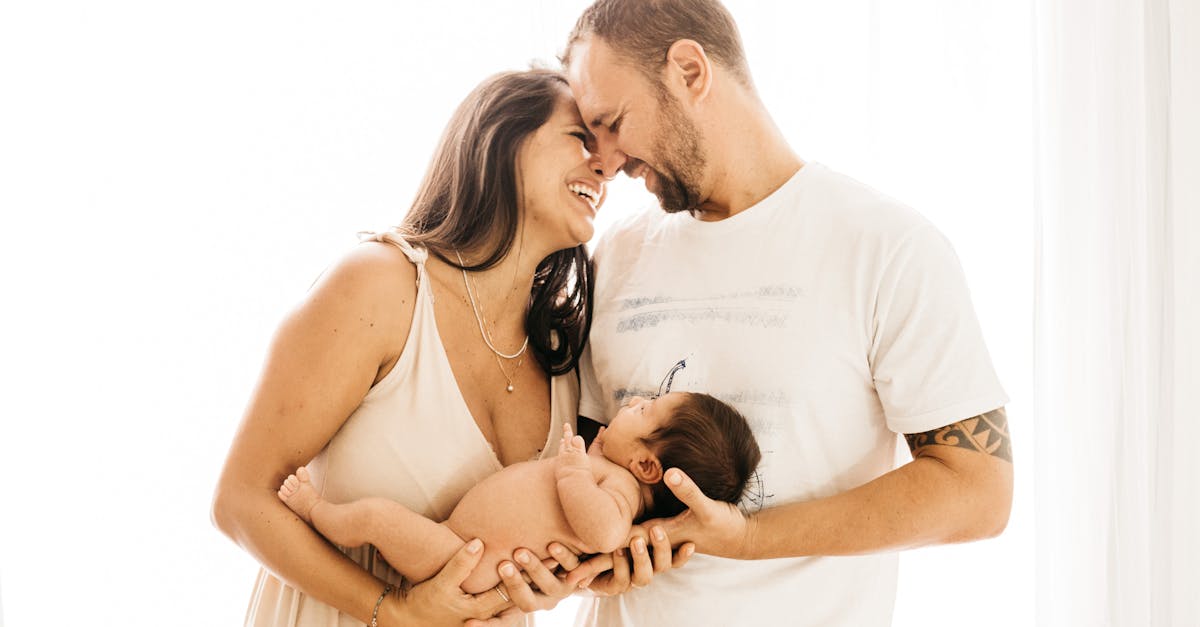Understanding Parental Guilt
Let’s face it—parental guilt can feel like an uninvited guest at a party. You love your kids endlessly, but those pangs of guilt have a way of sneaking up on you, especially when setting boundaries. Trust me, I’ve been there myself. Luckily, it’s completely normal. Recognizing that these feelings are part of parenting can be the first step towards managing them. Guilt arises from love and responsibility, which means you’re doing something right!
 **Conclusion:** Embrace parental guilt as a natural part of the love and responsibility you have for your children.
**Conclusion:** Embrace parental guilt as a natural part of the love and responsibility you have for your children.
The Importance of Setting Boundaries
You might wonder why boundaries are necessary, especially for your adorable preschooler who gives you those puppy eyes. Boundaries are essential for your child’s development and your sanity. They provide structure and teach kids how to behave, share, and respect others. Without boundaries, children might struggle with self-discipline later in life. Think of boundaries as a gift rather than a restriction. They are crucial for a child’s growth and security.

Setting boundaries is a way of showing love and care for your child. It helps them understand limits, build healthy relationships, and develop a sense of responsibility. Boundaries also create a safe environment where children can explore, learn, and grow without fear.
Realistic Strategies for Managing Guilt
Managing guilt involves accepting that it’s okay not to be perfect. None of us parents are! Identify what triggers your guilt and assess whether your expectations are realistic. For example, comparing yourself to picture-perfect social media parents isn’t helpful. Instead, focus on what works for your family. Remember, taking care of yourself isn’t selfish; it’s vital for being the best parent you can be. When you feel good, your child benefits too.

Practical Boundary-Setting Tips
Setting boundaries doesn’t mean being a drill sergeant. Communicate clearly and consistently but with love. Use simple language to explain the rules and why they exist. Be consistent; mixed messages confuse kids. Routine helps too.
For instance, establish a bedtime routine that includes a story. This way, your child knows what to expect, and the transition becomes smoother. Use visuals like charts to illustrate expectations and rewards.

Setting boundaries is essential for fostering a healthy and respectful environment for children. By implementing these practical tips, you can create a structured and nurturing space for your child to thrive.
Balancing Compassion with Discipline
Compassion and discipline might seem like opposites, yet they can go hand in hand. Think of it as a balance. You can be firm yet loving. Empathize with your child’s feelings—sometimes a hug can work wonders. Explain your reasoning calmly and acknowledge their emotions. Sometimes, I let my kids know that while their feelings are valid, certain behaviors are not. This teaches self-regulation and emotional intelligence.

By finding the equilibrium between compassion and discipline, we can help our children develop holistically. It’s about setting boundaries with kindness and understanding. Remember, children thrive in an environment where they feel both supported and guided.
Encouraging Positive Reader Interaction
We all need support, and sharing experiences can make a world of difference. Leave your thoughts in the comments; let’s build a community where we help each other. Got a funny story about setting boundaries with your preschooler? Share it! Found a method that works wonders? Let us know! Your insights might be exactly what another parent needs to hear. Remember, we’re in this together, and no one has all the answers.

Related Posts:
- Balancing Freedom and Structure in Setting Boundaries with Love
- Christian Parenting: Setting Screen Time Limits with Love
- Setting Boundaries for Preschoolers in Social Situations
- Healthy Eating Habits for Pre-schoolers: Setting Boundaries with Love
- Safe and Nurturing Environment: Setting Boundaries with Love
